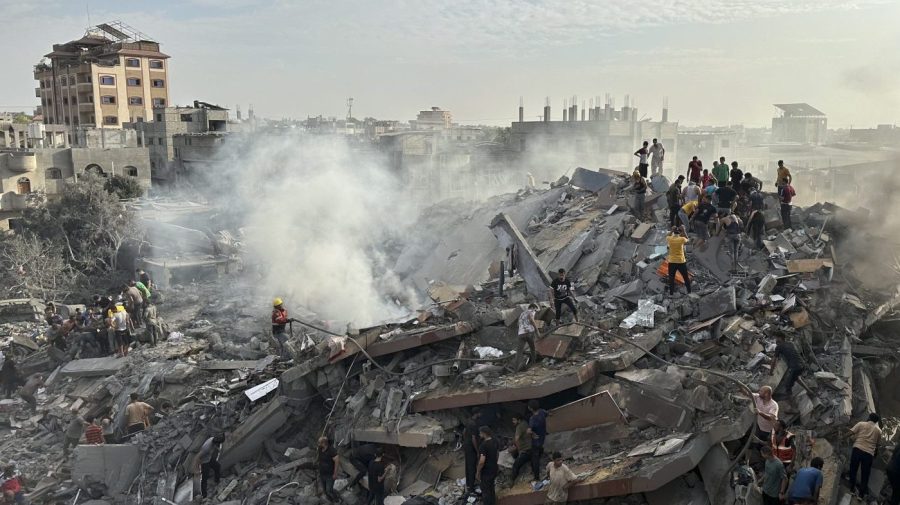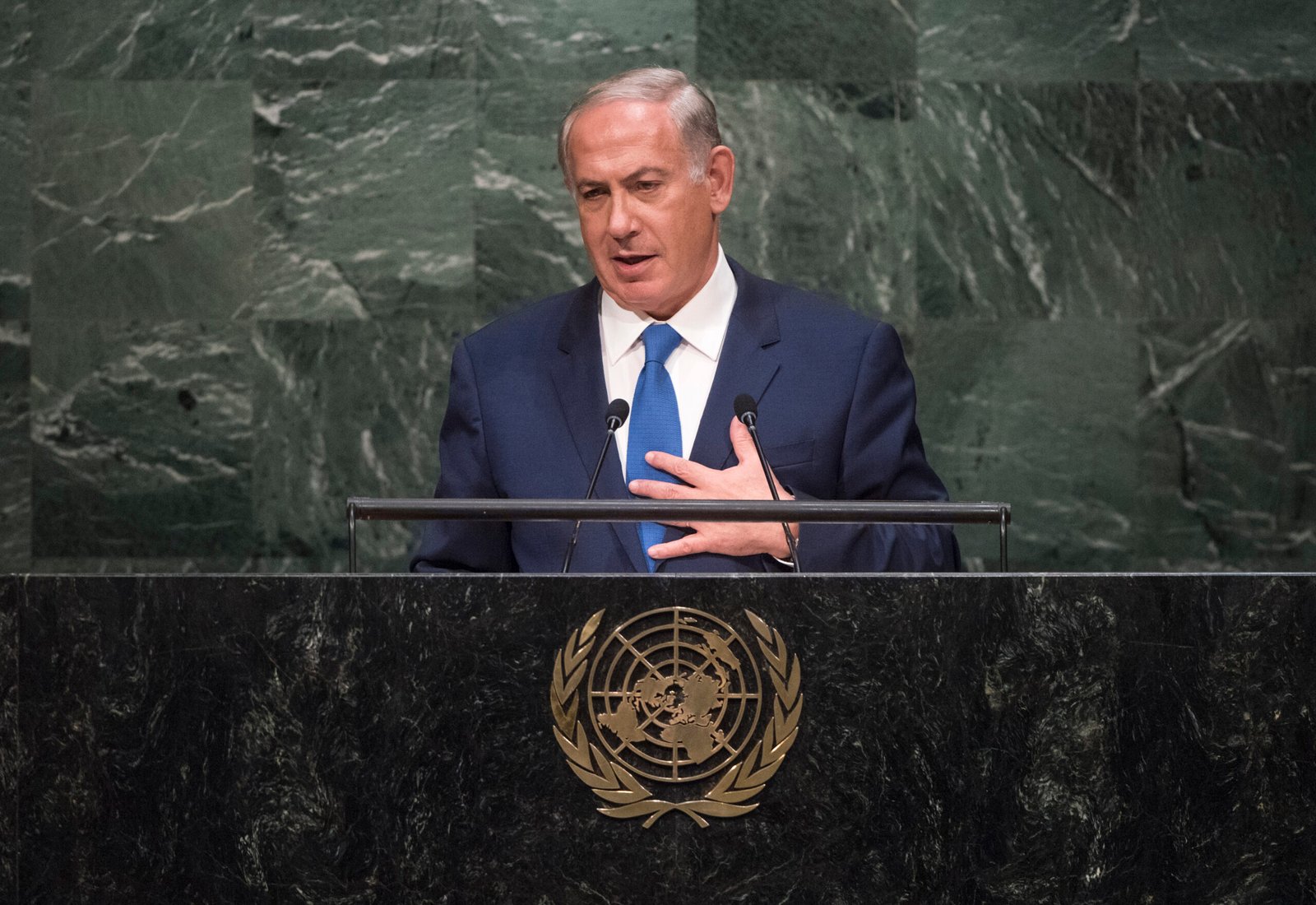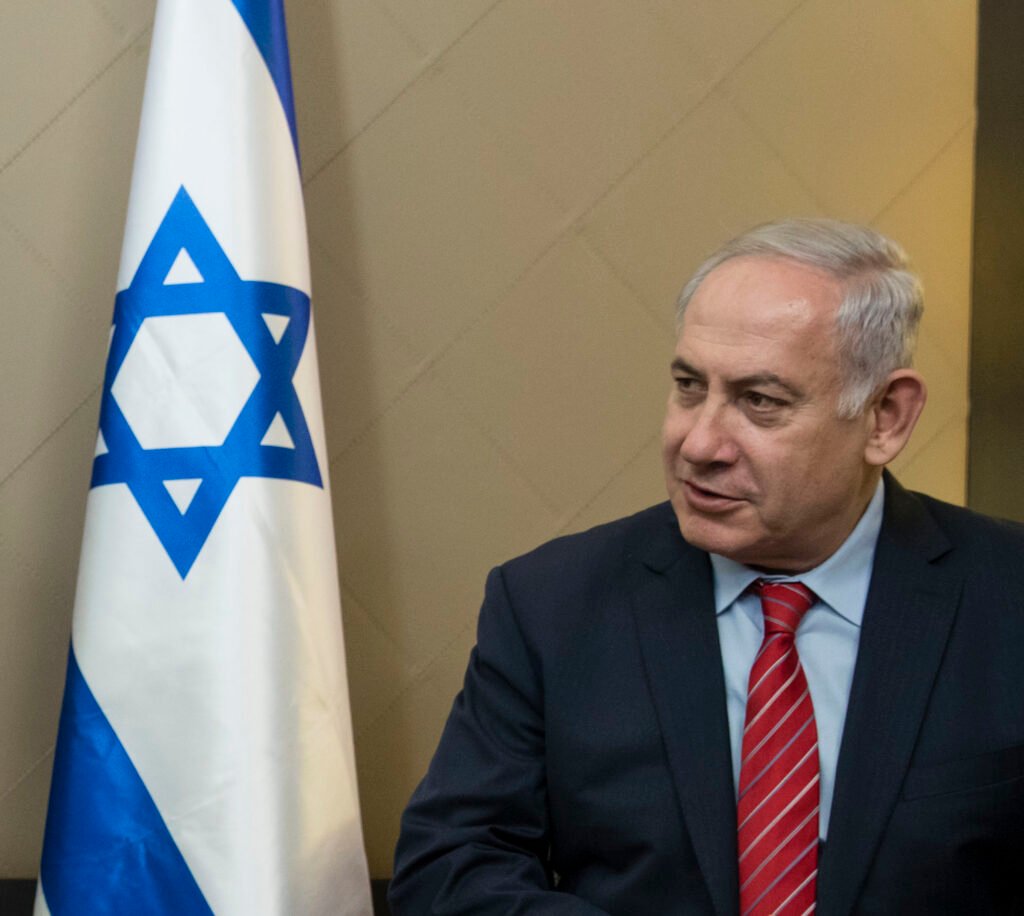World News
Death toll in Gaza likely ‘higher than is being reported’: US official on November 9, 2023 at 12:22 pm

A senior Biden administration official said the death toll of Palestinians in the Gaza Strip is likely far higher than the 10,000 number being reported by the health ministry amid Israel’s war against Hamas.
Barbara Leaf, Assistant Secretary of State for Near Eastern Affairs, told a House panel that those killed over one month into the war are likely “higher than is being cited.”
President Biden and Israel’s staunchest supporters in Congress have cast doubt that the Gaza Health Ministry is able to provide an accurate death toll from the Strip while under the control and coercion of Hamas, a U.S.-designated terrorist organization.
Leaf acknowledged that the ministry does not differentiate between civilians and Hamas combatants in its death toll – “they mingle them,” she said. But, she underscored that the cost of Israel’s military operations on the besieged Strip, coupled with Hamas’s use of civilians as human shields, has been devastating.
“In this period of conflict and conditions of war, it is very difficult for any of us to assess what the rate of casualties are,” she said during a hearing of the House Foreign Affairs Committee on Wednesday. “We think they’re very high, frankly, and it could be that they’re even higher than are being cited.”
“We’ll know only after the guns fall silent. We take in sourcing from a variety of folks who are on the ground,” she added. “I can’t stipulate to one figure or another, it’s very possible they’re even higher than is being reported.”
Leaf was testifying before the panel on the U.S. response to supporting Israel as it carries out its war, vowing to eliminate the terrorist organization after it brutally massacred an estimated 1,400 people over the course of a few days — largely civilians — and took more than 240 people hostage, whose conditions and whereabouts remain unknown.
Leaf defended Biden’s decision to hold back on pressuring Israel to a cease-fire, despite the mounting death toll of Palestinians and a humanitarian crisis in the Strip where water, food, medicine, electricity and fuel are nearly absent for an estimated 2 million people — half of which are said to be children.
Instead, the administration is pushing for Israel to agree to humanitarian or tactical pauses that would allow for the recovery of some hostages, exit of foreign nationals — including those from the U.S. — and to allow the entry of humanitarian aid for civilians.
Leaf said Hamas has “repeatedly impeded” U.S., Egyptian and Israeli efforts to get foreign nationals out of the Gaza Strip and humanitarian aid inside.
She noted that Hamas’s military leader in the region, Yahya Sinwar, has given no signal that he would respect a cease-fire or is serious about releasing hostages. Leaf further warned that given the opportunity, Hamas would carry out a similar attack to the one the group launched against Israel on Oct. 7.
“To call a ceasefire right now that might or might not be honored by Hamas, would be to leave Hamas in control of some 240 hostages, including babies and children, and would also leave fairly well in tact, much of the military infrastructure and warfighting capacity and terrorism capacity of Hamas in tact,” she said.
But, Leaf added, “the suffering in Gaza among civilians is wrenching, it’s emotionally wrenching for all of us who are working on this issue. It is wrenching for the governments and publics in the Middle East who are watching this.”
Dana Stroul, Deputy Assistant Secretary of Defense for the Middle East, testified alongside Leaf and laid out boundaries of international humanitarian law, which the administration has said they expect and view Israel as working to operate within, and that Hamas has violated.
“One can not deliberately target civilians or civilian objects, one cannot use civilians as human shields, attacks cannot be indiscriminate, one cannot rape, torture or mutilate, one cannot take hostages and attacks cannot cause excessive loss of civilian life or damage to civilian objects in relation to their military advantage are prohibited,” Stroul said.
“Hamas — there is documented evidence, there are plenty of images out there, some of it Hamas has put out itself to praise its use of terror tunnels, its obfuscation of weapons and rockets inside civilian structures including hospitals, mosques and schools,” she added.
When asked by Foreign Affairs Chairman Rep. Michael McCaul (R-Texas) if Hamas had violated international humanitarian law, had committed war crimes and genocide, Leaf and Stroul both answered “Yes.”
A senior Biden administration official said the death toll of Palestinians in the Gaza Strip is likely far higher than the 10,000 number being reported by the health ministry amid Israel’s war against Hamas. Barbara Leaf, Assistant Secretary of State for Near Eastern Affairs, told a House panel that those killed over one month into…
Politics
Netanyahu’s UN Speech Triggers Diplomatic Walkouts and Mass Protests

What Happened at the United Nations
On Friday, Israeli Prime Minister Benjamin Netanyahu addressed the United Nations General Assembly in New York City, defending Israel’s ongoing military operations in Gaza. As he spoke, more than 100 delegates from over 50 countries stood up and left the chamber—a rare and significant diplomatic walkout. Outside the UN, thousands of protesters gathered to voice opposition to Netanyahu’s policies and call for accountability, including some who labeled him a war criminal. The protest included activists from Palestinian and Jewish groups, along with international allies.

Why Did Delegates and Protesters Walk Out?
The walkouts and protests were a response to Israel’s continued offensive in Gaza, which has resulted in widespread destruction and a significant humanitarian crisis. Many countries and individuals have accused Israel of excessive use of force, and some international prosecutors have suggested Netanyahu should face investigation by the International Criminal Court for war crimes, including claims that starvation was used as a weapon against civilians. At the same time, a record number of nations—over 150—recently recognized the State of Palestine, leaving the United States as the only permanent UN Security Council member not to join them.
International Reaction and Significance
The diplomatic walkouts and street protests demonstrate increasing global concern over the situation in Gaza and growing support for Palestinian statehood. Several world leaders, including Colombia’s President Gustavo Petro, showed visible solidarity with protesters. Petro called for international intervention and, controversially, for US troops not to follow orders he viewed as supporting ongoing conflict. The US later revoked Petro’s visa over his role in the protests, which he argued was evidence of a declining respect for international law.

Why Is This News Important?
The Gaza conflict is one of the world’s most contentious and closely-watched issues. It has drawn strong feelings and differing opinions from governments, activists, and ordinary people worldwide. The United Nations, as an international organization focused on peace and human rights, is a key arena for these debates. The events surrounding Netanyahu’s speech show that many nations and voices are urging new action—from recognition of Palestinian rights to calls for sanctions against Israel—while discussion and disagreement over the best path forward continue.
This episode at the UN highlights how international diplomacy, public protests, and official policy are all intersecting in real time as the search for solutions to the Israeli-Palestinian conflict remains urgent and unresolved.
News
Is a Nuclear-Powered Alien Spacecraft Flying Toward Earth?

A mysterious interstellar object speeding through our solar system has reignited debates about extraterrestrial technology — and whether Earth might currently be under quiet observation.
The object, known as 3I/ATLAS, is only the third confirmed interstellar visitor ever detected. Unlike ordinary comets, however, this cosmic traveler has baffled astronomers with its unusual brightness, strange trajectory, and lack of a visible cometary tail. While most scientists cautiously describe it as a natural body, one leading astrophysicist believes something much stranger is at play.

Harvard Scientist’s Bold Claim
Professor Avi Loeb of Harvard University, head of the Galileo Project, has suggested that 3I/ATLAS may in fact be a nuclear-powered alien spacecraft designed to test how humanity would respond to an interstellar visitor. He argues that its flight path is improbably precise, bringing it close to Mars, Venus, and Earth — a pattern highly unlikely to occur by chance.
Loeb also points out that telescope images show a glow inconsistent with ordinary dust behavior. Instead of trailing behind like a comet, the halo-like light appears to extend in unusual ways, sparking debate about whether the object could be emitting energy of its own.
Headed Toward Earth’s Neighborhood
3I/ATLAS is expected to make its closest approach in late 2025, passing near Mars before swinging by the inner solar system. Although Earth itself will be on the opposite side of the Sun when it comes closest, the alignment will still enable space-based observatories to capture sharper data.

Loeb has called on NASA and other agencies to use spacecraft already stationed near Mars or Jupiter — including the Juno mission — to take high-resolution photographs. He believes such efforts could reveal whether the interstellar object is truly natural, or the first technological probe humanity has ever encountered.
Should We Be Worried?
While most astronomers argue caution before jumping to alien conclusions, Loeb insists that scientific openness is key. “If it’s just a comet, we learn something new,” he said. “But if it’s a spacecraft, it would be the most important discovery in human history.”
For now, 3I/ATLAS remains a mysterious speck on astronomers’ charts, drifting closer with each passing day. Whether it proves to be a frozen remnant of another star system or something far more advanced, the interstellar visitor has already succeeded in one mission: reminding us how vast and unpredictable the universe really is.
News
AI Automation Could Cause Up to 20% Unemployment—A Workforce on the Brink

Stark Warning from Anthropic CEO Highlights Rapid Job Displacement Risk
The looming threat of widespread unemployment due to AI automation has sparked intense debate among experts, business leaders, and policymakers. Dario Amodei, CEO of Anthropic—the company behind the influential AI language model Claude—issued a stark warning that has sent shockwaves through corporate America:

“Up to half of all entry-level white collar jobs could disappear within the next one to five years, potentially pushing unemployment rates as high as 20% during this period.”
This dramatic forecast paints a picture of a rapid and unsettling transformation in the workforce, driven by AI technologies that can perform complex cognitive tasks.
Balancing Predictions: Worst-Case Scenarios vs. Moderate Impact
However, this forecast represents one end of a spectrum of expert predictions. While Amodei’s warning highlights the worst-case scenario driven by the swift adoption of AI agents capable of coding, analyzing data, drafting legal documents, and managing workflows around the clock, other analyses suggest a more moderate impact. For example, Goldman Sachs estimates that AI could temporarily displace about 6-7% of U.S. jobs, with unemployment rising by approximately half a percentage point during the adjustment period. Their research anticipates a more gradual transition with a mixture of job disruption and creation.

The Unprecedented Speed and Scope of AI-Driven Job Disruption
The truth likely lies somewhere in between. AI is advancing at unprecedented speed, and the scope of jobs affected spans far beyond blue-collar roles to white-collar positions that required college degrees and years of training. Entry-level roles such as customer service representatives, data entry clerks, junior analysts, and administrative assistants face the greatest near-term risk. Mid-level roles in accounting, marketing, law, and engineering could soon follow, with companies already laying off workers citing AI-driven efficiencies.
Preparing for an AI-Transformed Workforce: Adaptation Is Essential
Ultimately, the AI-driven job transformation is no longer a distant prospect but unfolding now. Whether unemployment spikes to 20% or stabilizes at lower levels depends on many factors, including business adoption rates, government policies, and the ability of workers to reskill. What is certain is that the workforce of tomorrow will look very different from today—and the time to prepare is right now.

 Entertainment4 weeks ago
Entertainment4 weeks agoWhat the Deletion Frenzy Reveals in the David and Celeste Tragedy

 Entertainment4 weeks ago
Entertainment4 weeks agoExecutive Producer Debut: How Celia Carver Created Festival Hit ‘Afterparty’

 Health4 weeks ago
Health4 weeks agoRussia Claims 100% Success With New mRNA Cancer Vaccine

 Business3 weeks ago
Business3 weeks agoWhy Are Influencers Getting $7K to Post About Israel?

 Health4 weeks ago
Health4 weeks agoWhy Did Gen Z QUIT Drinking Alcohol?

 Advice4 weeks ago
Advice4 weeks agoHow AI Is Forcing Everyone Into the Entrepreneur Game

 Entertainment3 weeks ago
Entertainment3 weeks agoKeith Urban and Nicole Kidman Split After 20 Years as Actress Files for Divorce

 Entertainment3 weeks ago
Entertainment3 weeks agoTilly Norwood’s Rise Stirs Controversy






























